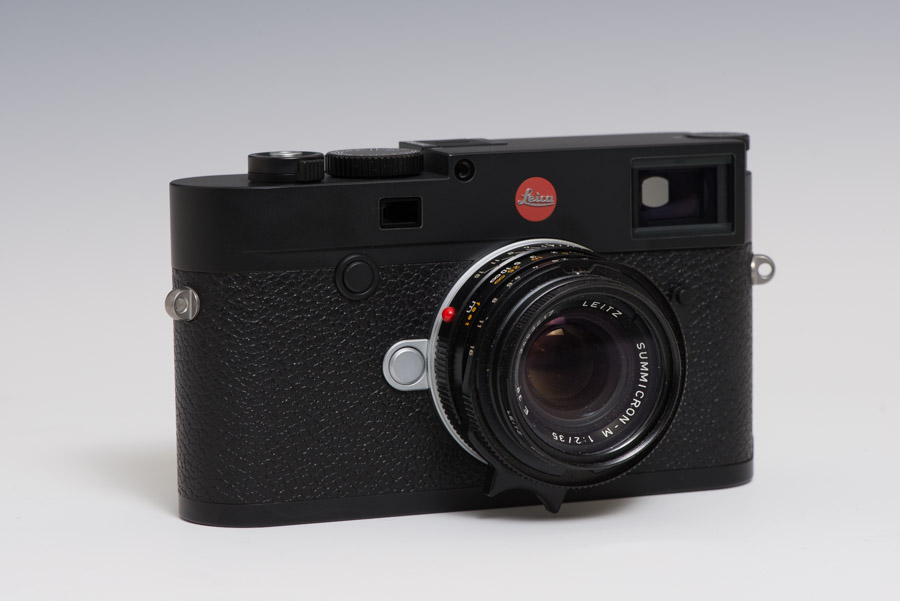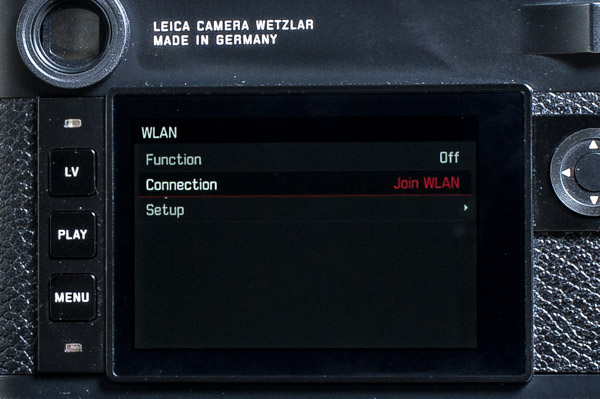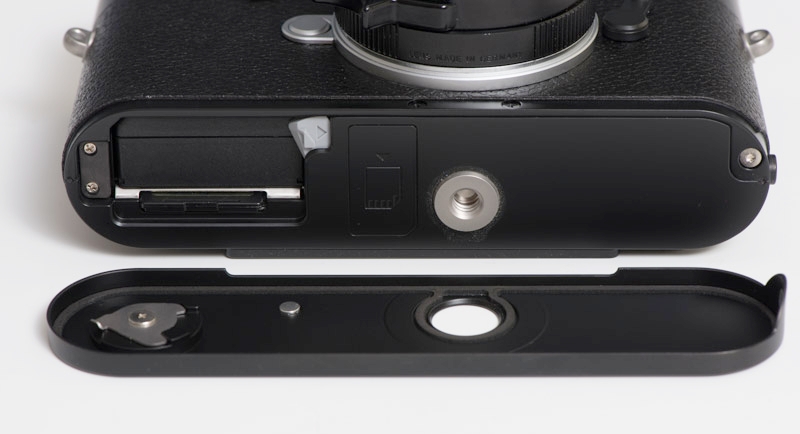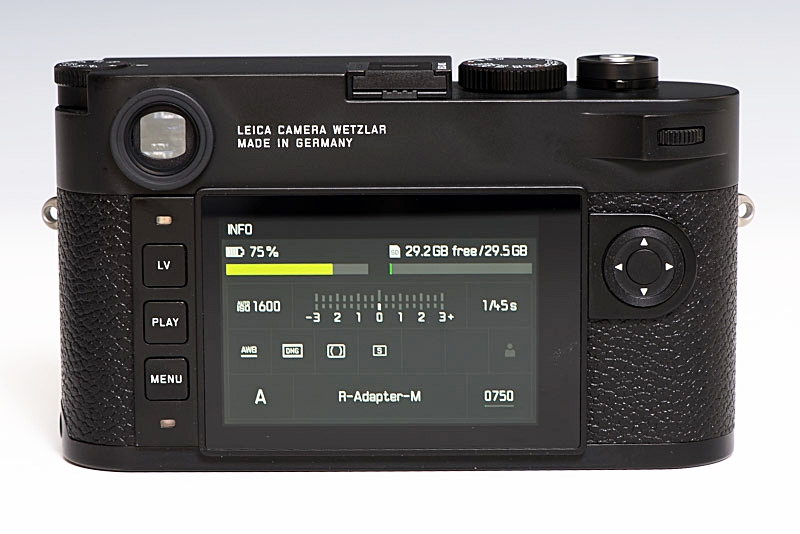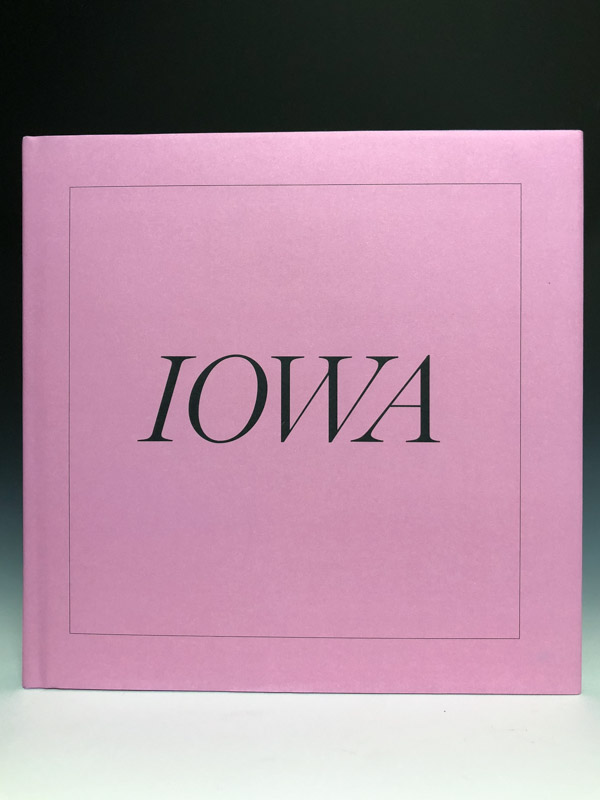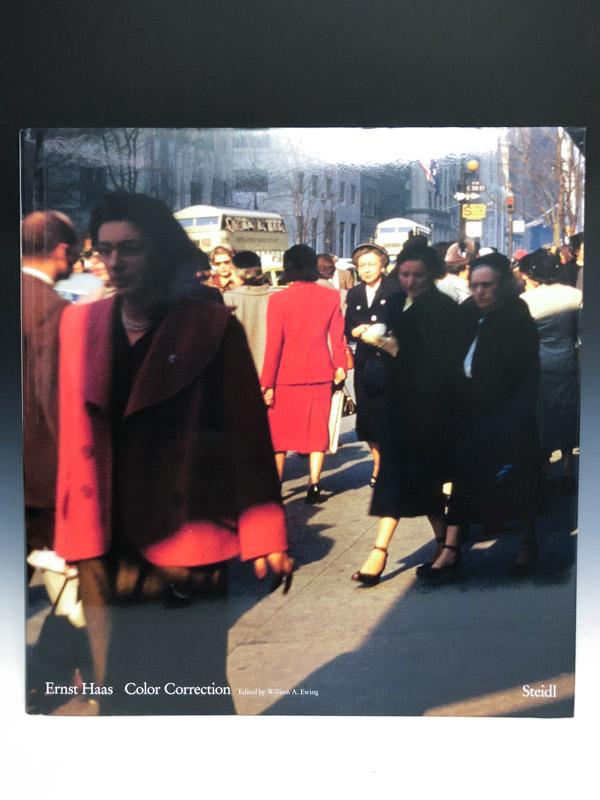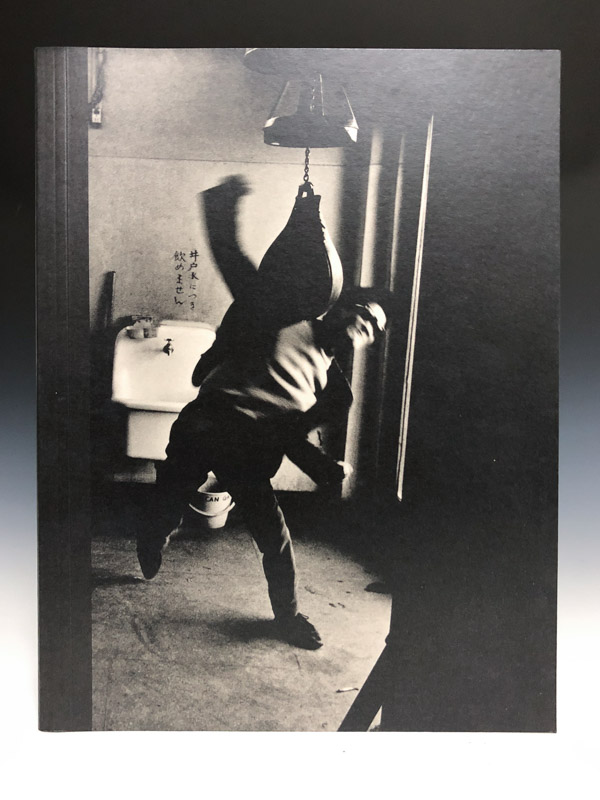Sit back, I'm going off topic today. A visit with a friend and a tone deaf blog post have collided to cause me to look inward about life.
Two nights ago we had a friend over for dinner to tell us about his recent trip. A two week trip got no more than 5 minutes of conversation. The rest of the 2 hours was filled with a rant about his health. My friend has a serious arthritic issue with his neck and has recently developed an intestinal problem. He has been going to the doctor but like a portion of our population he is wary of doctors and resorts to getting medical advice from friends and youtube videos. Yes, sad. He has stopped taking his medicine because he feels that it is causing him pain. The same pain that is causing him to take the medicine in the first place. He just doesn't see what is going on. His friends are telling him that doctors don't want to heal people, they are just in it for the money. The clerk at the health food store is practicing medicine with out a license and has convinced him to stop his medicine and take natural supplements. He is getting worse and worse, frequently going to the emergency room. I have talked to him and I worry for my friend.
Episode 2 was a recent blog post at a site that I regularly read. The author spent numerous paragraphs explaining his different personality. Then he got into the subject of his blog post. He felt that a person should change camera brands because a camera has been on backorder since it started shipping at the end of last summer. I initially just closed the tab and thought that was 5 minutes that I won't get back. But the I started to think about my friends visit.
How do you determine that you are living a life of quality. It's easy to live a life of quantity. Amazon prime gets you anything in two days. Any knowledge you wish is just a few clicks away at Google. My friend is not living a quality life. He is suffering but worse yet he is the cause of some of his suffering. In my opinion the guy that wrote the blog post is not living a quality life. How can you have a life of quality when everything big and small is a struggle. Life is hard enough but is even harder when you are the cause of your own pain. Misplaced priorities are missed opportunities.
So what does this have to do with photography? Rise above the weeds and look at the sky. Get out of you own way. There has to be a reason for creating the images that you make. Create images that have meaning. Create images that have feeling. The 2 people that I have talked about above have very different problems. One his life could be in danger if he doesn't make some real life altering choices. The second is disillusioned about what is important in life. Don't just do stuff. Live life. It's your choice, what are you going to do?



